Jury selection is underway in Kenosha, Wisconsin, where teenager Kyle Rittenhouse is facing the possibility of a lifetime behind bars if he’s convicted of murdering two men and trying to kill a third on the night of August 25th, 2020. Rittenhouse says that he was acting in self-defense; pursued by an angry mob through the streets of Kenosha as violence and looting was taking place across the city, Rittenhouse only fired after he heard a gunshot from the crowd behind him and saw Joseph Rosenbaum reaching for his rifle. Rittenhouse then tried to escape the crowd, only to be chased again. When he was hit in the head with a skateboard by Joseph Huber, Rittenhouse fired again, and one more time as Gaige Grosskreutz approached him with a gun of his own in his hand.
Prosecutors, meanwhile, are portraying Rittenhouse as a wannabe warrior who headed to Kenosha even though he didn’t live there because he was intent on getting into a fight instead of serving as a sentinel protecting local businesses.
“The defendant came to our community,” Thomas Binger, an assistant district attorney, said during a recent pretrial hearing on the case. “He’s not a resident, he’s underage, he’s out after curfew, he’s armed with an illegal weapon. Why? That is the question.”
Jurors in Kenosha County will be asked to revisit the events of that night and decide whether Rittenhouse, now 18, was acting reasonably when he used lethal force during a confrontation.
The New York Times actually does a surprisingly good job of laying out both sides’ arguments, including the standard that must be met in order to legally use lethal force in self-defense in Wisconsin.
Under Wisconsin law, someone can lawfully use deadly force only if he or she “reasonably believes that such force is necessary to prevent imminent death or great bodily harm to himself or herself.” In Wisconsin, there is no “duty to retreat” before using force, and prosecutors will have to convince the jury that Rittenhouse’s belief was unreasonable. In a question unrelated to self-defense, Rittenhouse also faces an illegal possession charge; minors in Wisconsin are not allowed to possess firearms or carry them in public, with certain exceptions for hunting.
That’s important to note. Even if the jury finds that Rittenhouse wasn’t legally allowed to possess the rifle on the streets of Kenosha, that doesn’t mean he wasn’t entitled to use it in self-defense if he reasonably believed that his life was in danger. Watching the videos of the moments before Rittenhouse’s first shot, it’s really hard for me to believe that Rosenbaum and the angry mob were chasing him down to give him a hug and a kiss.
The jury will be presented several videos and testimony from bystanders and journalists that captured the killings and the events leading up to them.
That evening, three days into the demonstrations over the Blake shooting, violence erupted in downtown Kenosha: Protesters threw fireworks at police officers, who responded with tear gas and rubber bullets. Residents dressed in camouflage and carrying rifles patrolled the area, explaining that they had come because police officers and members of the National Guard had been badly outnumbered the night before, allowing people to burn businesses and terrify city residents.
After police officers forced protesters out of the park, most of them left the area to go home. But dozens of people — including Rosenbaum, whose reason for being there was not clear — remained. They clustered on nearby Sheridan Road, arguing, shoving one another and setting trash cans on fire, with other armed civilians nearby, including Rittenhouse, saying they were there to protect businesses. Law enforcement officers in armored vehicles monitored the groups without stopping them — at one point, they even offered bottles of water to Rittenhouse and others.
In the moments before Rittenhouse began firing his weapon, Rosenbaum chased him into a used-car lot and, according to at least one witness, reached for the barrel of Rittenhouse’s rifle.
Based on all the evidence that’s emerged to date, I believe that Rittenhouse has a strong self-defense claim, and I wouldn’t be surprised at all to see him acquitted of murder and attempted murder. If that happens, don’t be surprised if the media narrative suddenly pivots to issues beyond self-defense.
“The jury is going to be given this open-ended question to answer: Did Rittenhouse behave reasonably or not?” said Michael O’Hear, a law professor at Marquette University Law School in Milwaukee. “The answer could be highly dependent on who the jurors are, especially in a case like this that has such political undertones.”
Jury selection could extend for several days, and Judge Bruce Schroeder of the Kenosha County Circuit Court, the longest-serving circuit court judge in Wisconsin, said he had requested an unusually large jury pool of close to 150 potential jurors.
Mary D.M. Fan, a law professor at the University of Washington, said although the trial would focus on the definition of self-defense, it would also be about the Second Amendment, race, politics and the role of free speech.
“Let’s be real — why is this such a polarizing case?” she said. “It’s also a referendum on fiercely different views on protests that have rocked this nation.”
With all due respect to Fan, this case has absolutely nothing to do with free speech, politics, or race. Yes, there’s a Second Amendment angle to the case because of Wisconsin’s law and Rittenhouse’s age, but fundamentally this case is about the right to protect yourself. If he hadn’t been chased by an angry mob, and if the leader of that mob hadn’t reached for Rittenhouse’s gun, I don’t think any of us would ever have heard of Kyle Rittenhouse. He would have been just one of many individuals on the streets of Kenosha that night armed and standing guard over businesses to keep them from being burned to the ground or looted into insolvency. Tragically for everyone involved, Joseph Rosenbaum decided for whatever reason to chase the teen down the street and setting off the chain of events that led to his death, the death of Anthony Huber, the wounding of Gaige Grosskreutz, and the trial of Kyle Rittenhouse.


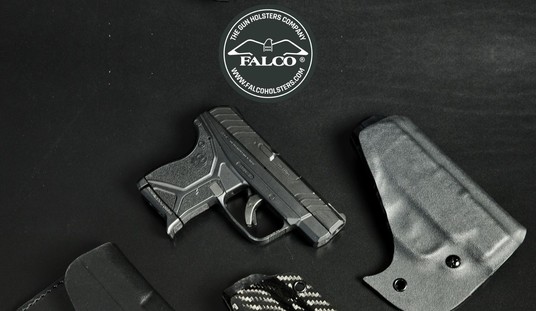
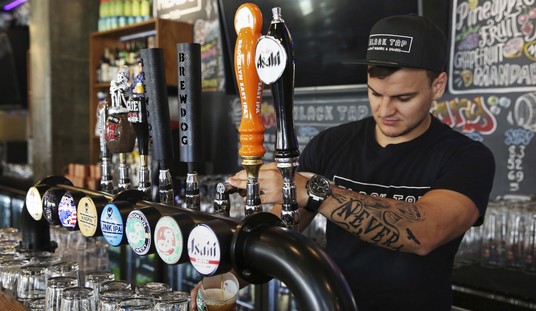
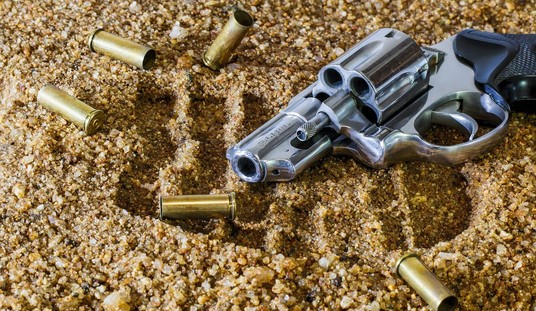

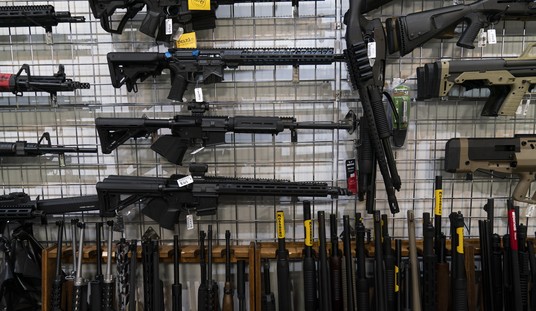

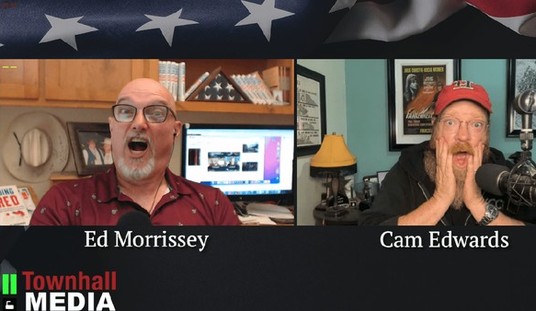
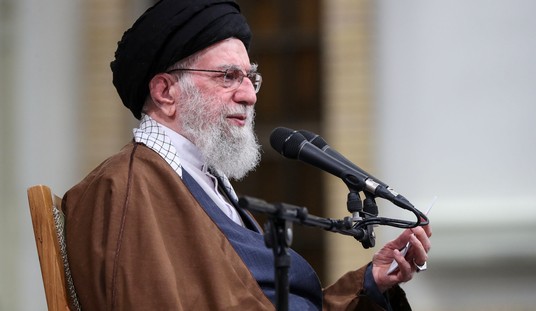
Join the conversation as a VIP Member